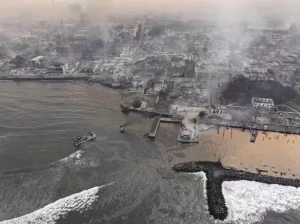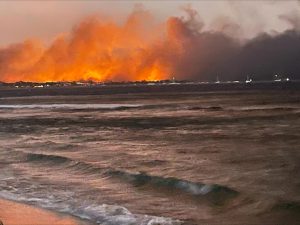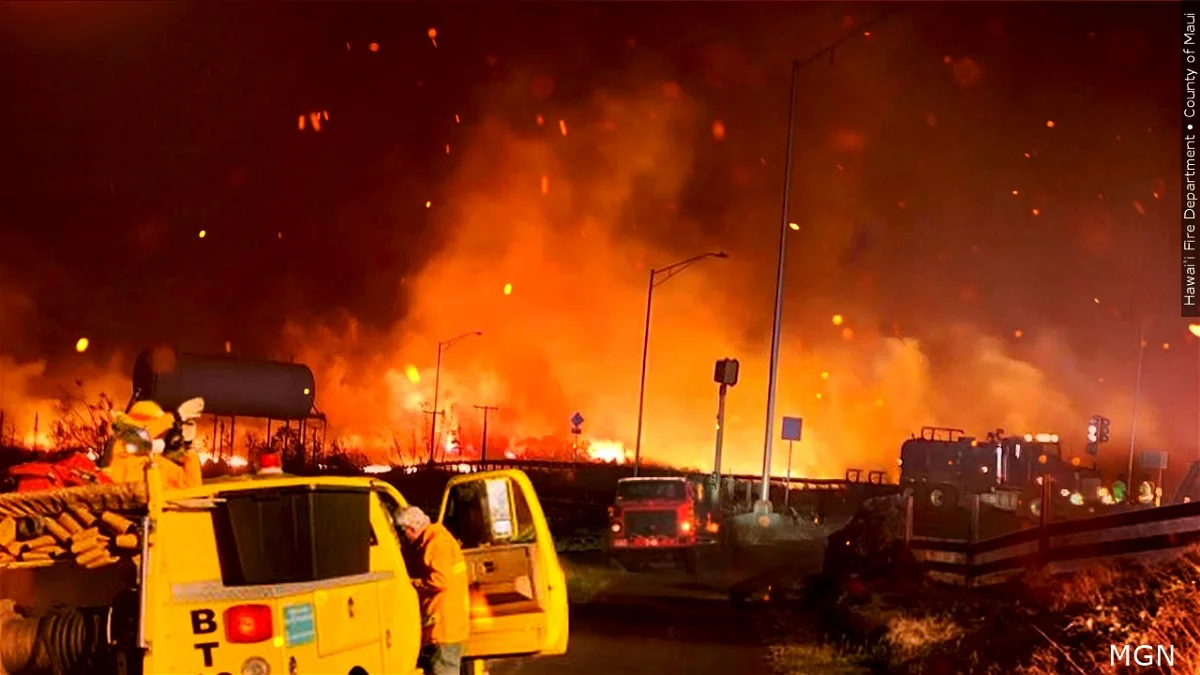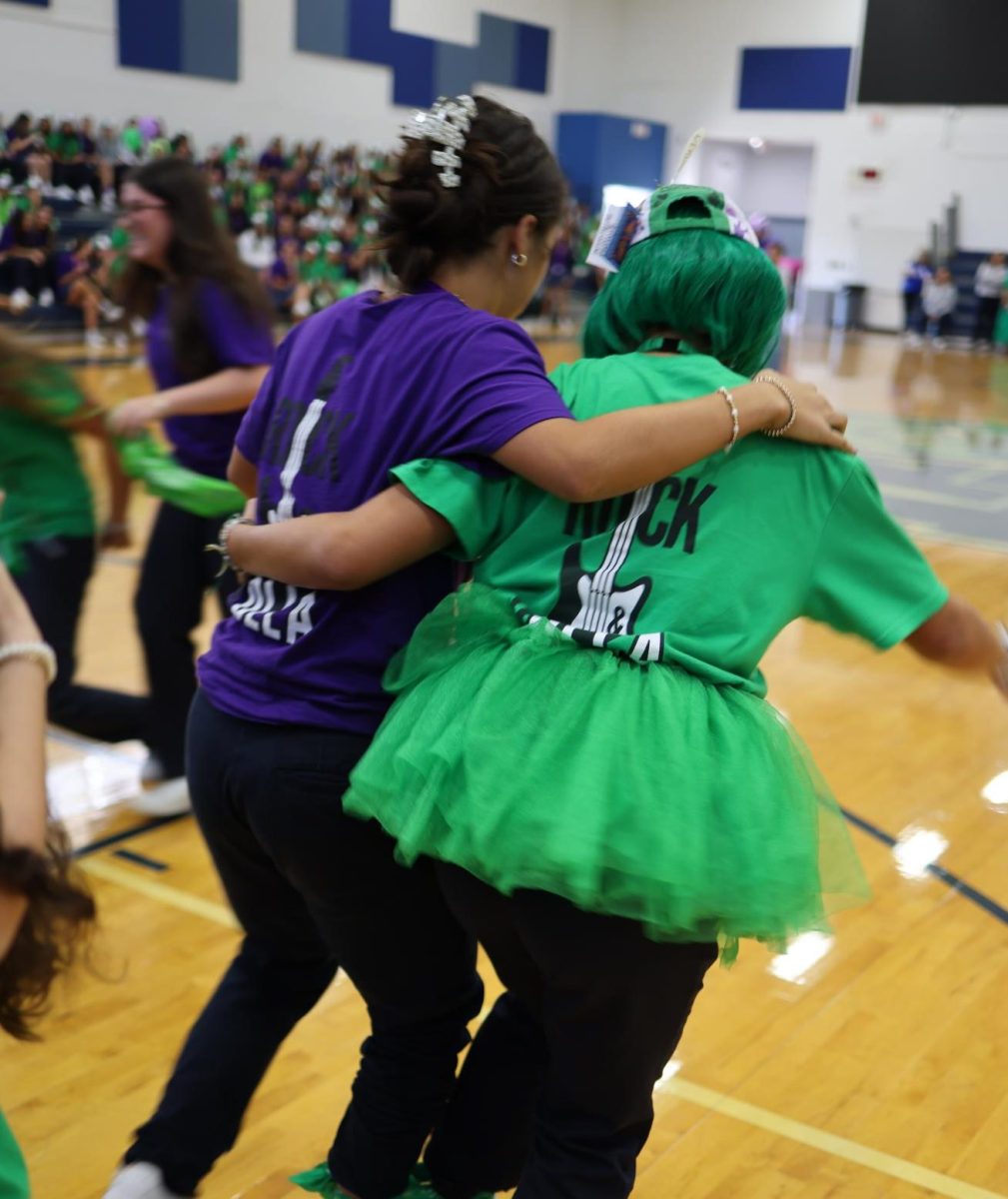In early August of 2023, deadly wildfires sweep the “tropical paradise” of Maui, Hawaii, and is considered the deadliest U.S. wildfire within the last century. Olinda, Kula, and Lahaina regions in Maui were set ablaze destroying buildings, displacing residents, separating families, and taking lives.
Maui County officials’ earliest report of the wildfires was in Kula, where wildfires swept the region burning down 19 homes and devastating 700 acres.
Shortly after, a call for state emergency permitted the deployment of the National Guard to aid the situation, and on August 10, President Biden declared it a federal disaster.
As the fire swept through Maui swiftly, the Maui warning sirens did not go off. Instead residents were sent alerts through cell phone, television, and radio.
“Had we sounded the sirens that night, we were afraid that people would have gone mauka (mountainside), and if that was the case, they would have gone into the fire,” Andaya said. “So that is the reason why, it is our protocol, to use WEA [Wireless Emergency Alerts] and EAS [the Emergency Alert System],” Herman Andaya, the former chief of the Maui Emergency Management Agency said, according to CBS News.

The 3 main regions the fires broke out in are Olinda, Kula, and Lahaina. As of August 24, Olinda reported 1,081 acres, Kula reported 202 acres, and Lahaina 2,170 acres destroyed. However, Olinda and Kula fires have been 85% contained and Lahaina fires have been 90% contained by fire rescue support.
As of August 19, About 4,500 people have been displaced, 114 people were confirmed dead and it is believed that about 1,000 are missing. Of the deceased, only nine victims had been identified as of August 17.
“For individuals who die in mass fatalities from burning or an explosion, it can fragment the body, and very high temperatures can break down the DNA molecules, so it makes the identification process more difficult,” said Robert Mann, a forensic anthropologist and medical professor at the University of Hawaii, according to NBC news.
The death toll is predicted to go up for those whose cause of death was not linked directly to contact with the fires, but rather the after effects they bring.
“It’s going to be challenging to account for all the direct deaths, whether it was people who were burned or people who jumped into the ocean and drowned or people who died of smoke inhalation,” Goldman said, according to NBC News.

While officials are not entirely sure of what caused the outbreak of wildfires, it is believed to be a combination of low humidity and high winds brushing over from Category 4 Hurricane Dora, which had been making its way across the pacific ocean south of the Hawaiian Islands, are large factors.
“We don’t know what actually ignited the fires, but we were made aware in advance by the National Weather Service that we were in a red flag situation — so that’s dry conditions for a long time, so the fuel, the trees and everything, was dry,” Maj. Gen. Kenneth Hara, commander general of the Hawaii Army National Guard, said at a briefing Wednesday, Aug. 9, according to CBS News.








